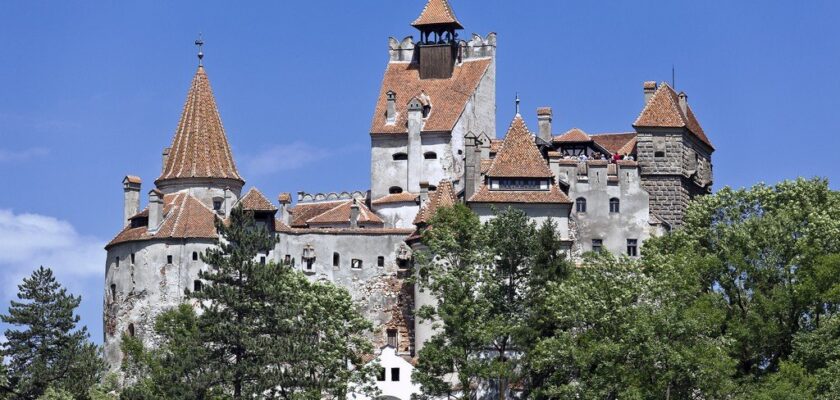Dracula’s Castle
Bran Castle is located in the town of the same name among the hills of central Romania, on the border of Transylvania and Muntenia. Originally built as a defensive structure, in the XX century the castle became widely known as the residence of Count Dracula. The mystical fame and the second name of the medieval fortress were brought by Bram Stoker’s novel “Dracula” and the desire of fans of the vampire saga to settle the bloodthirsty character in the most suitable place.
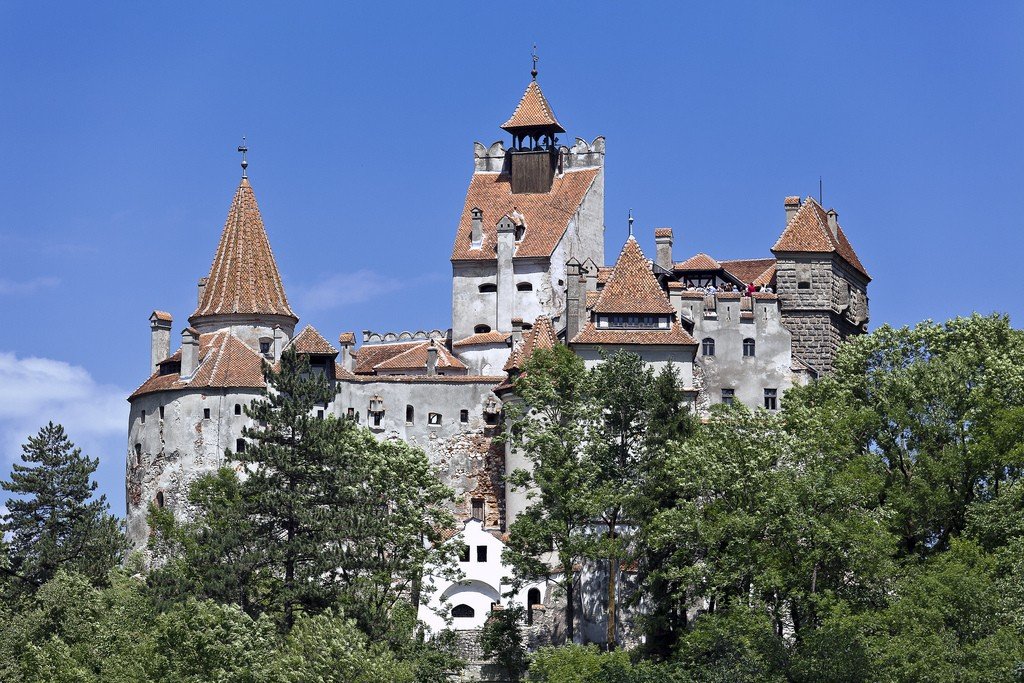
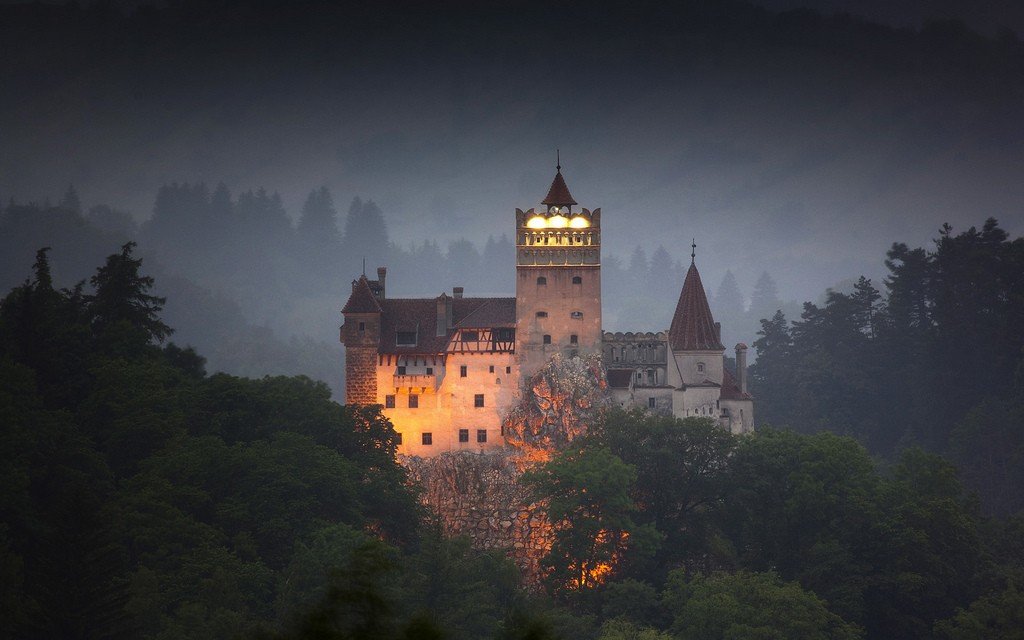
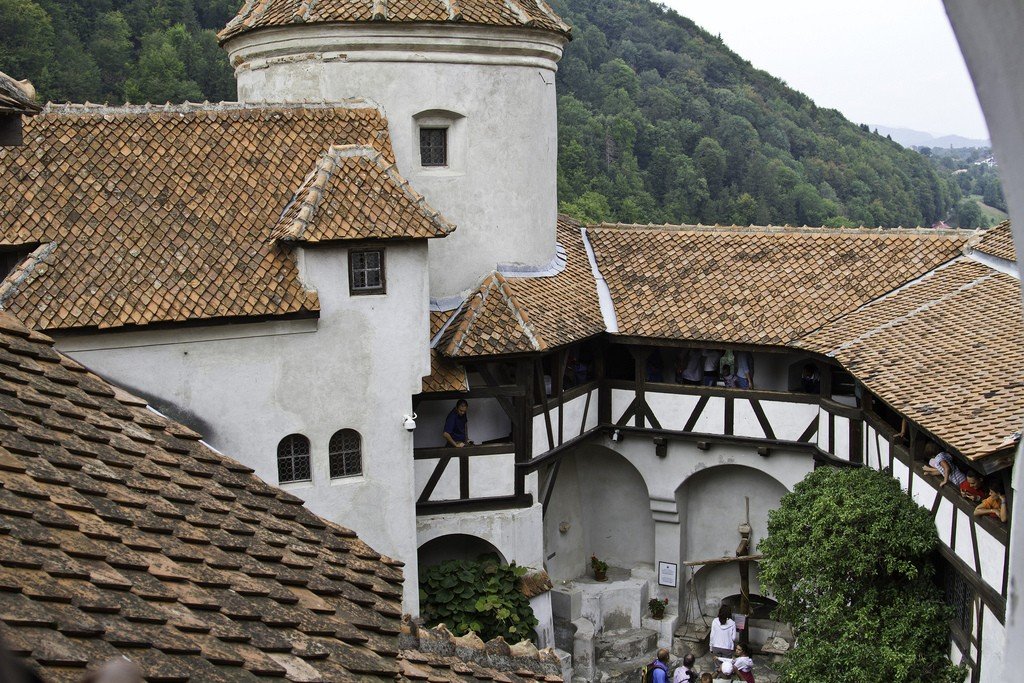
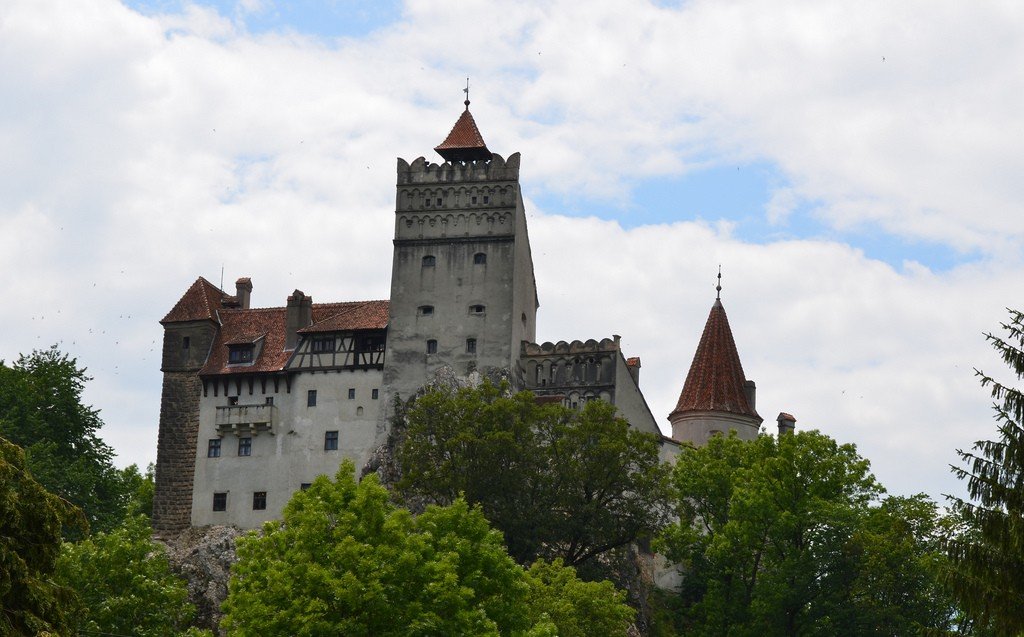
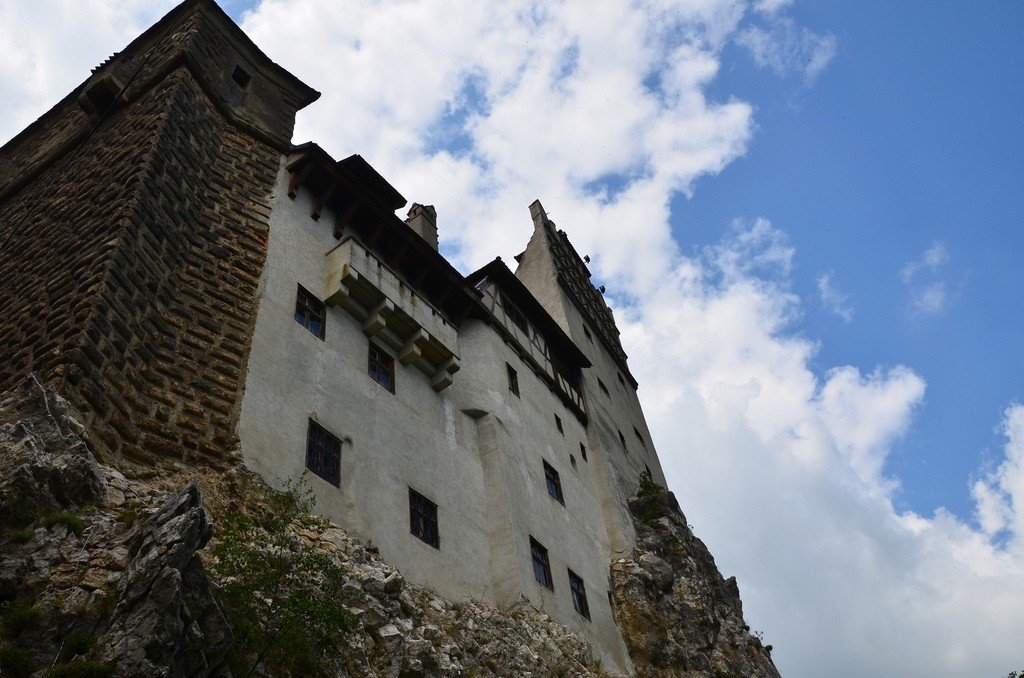
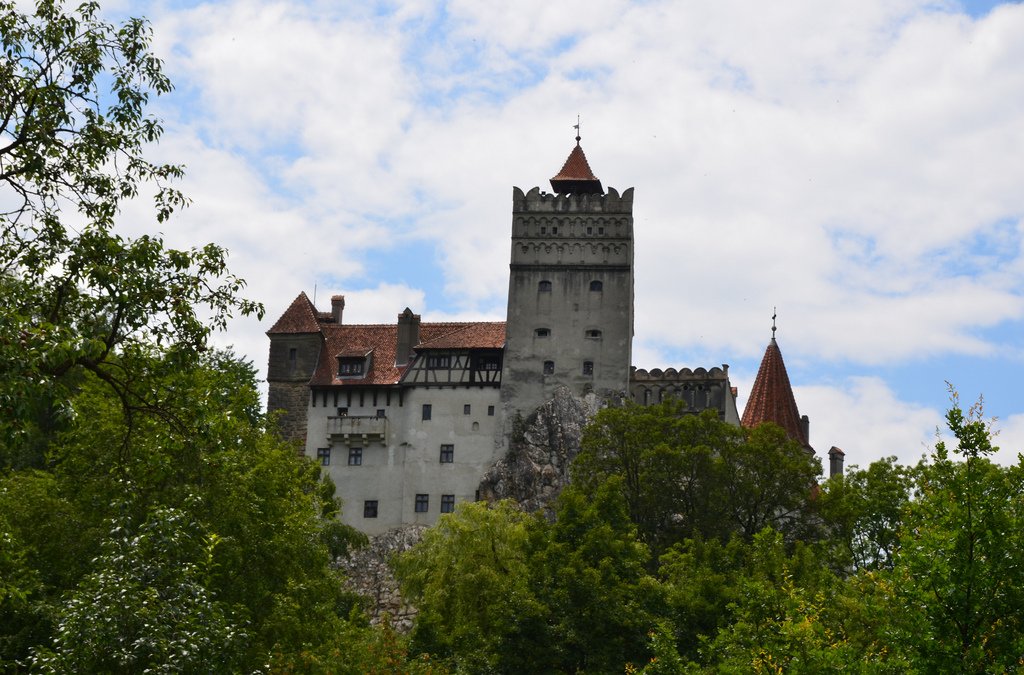
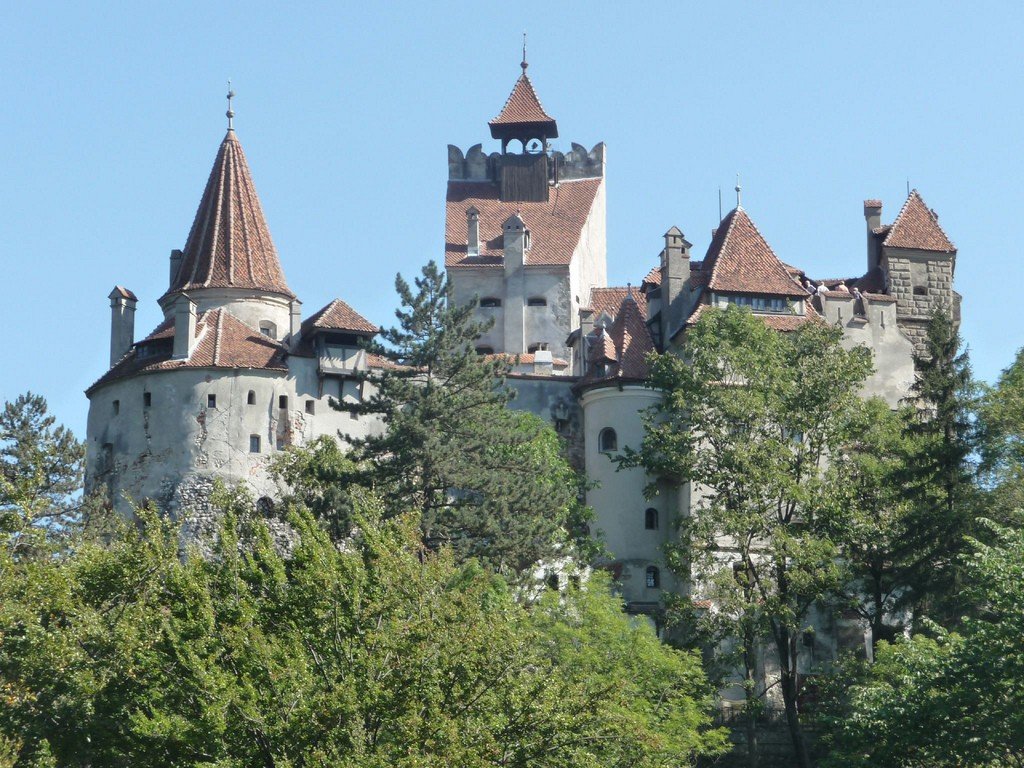
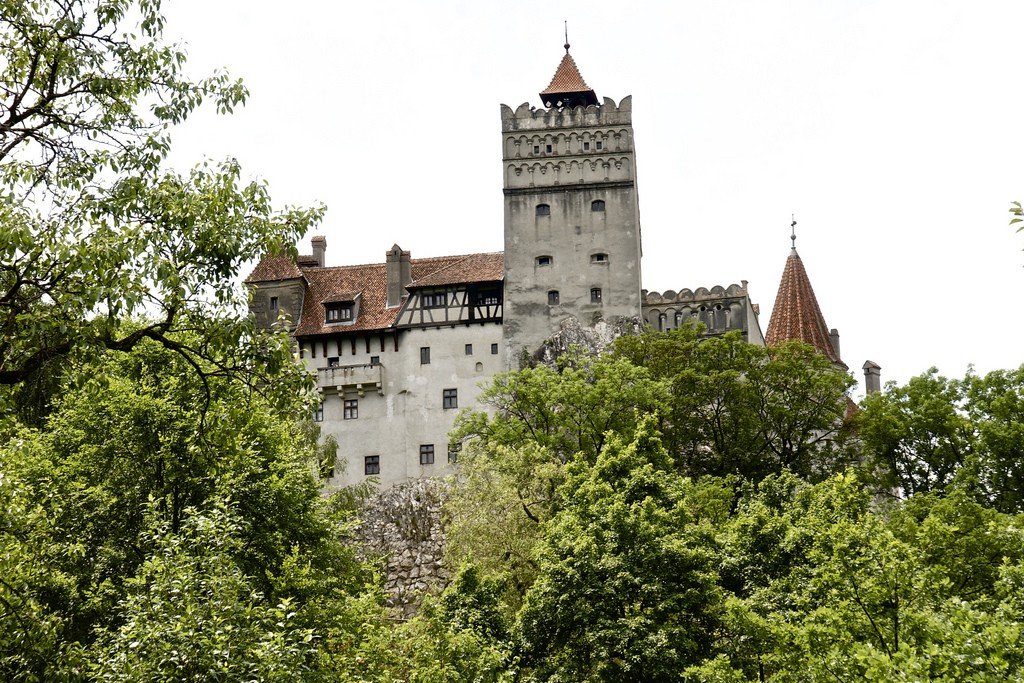
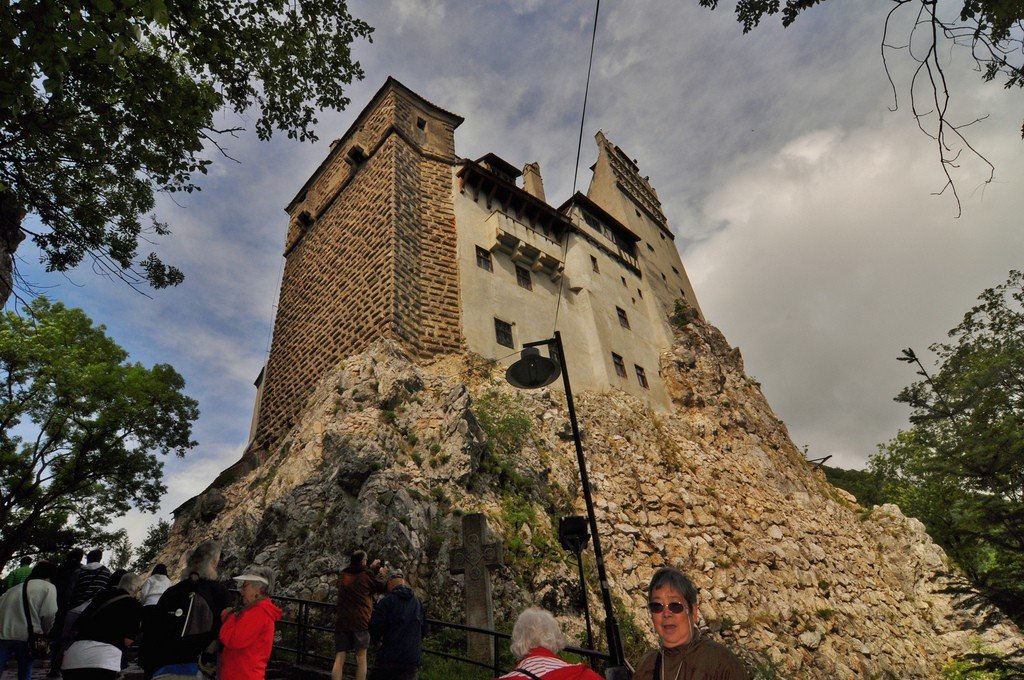
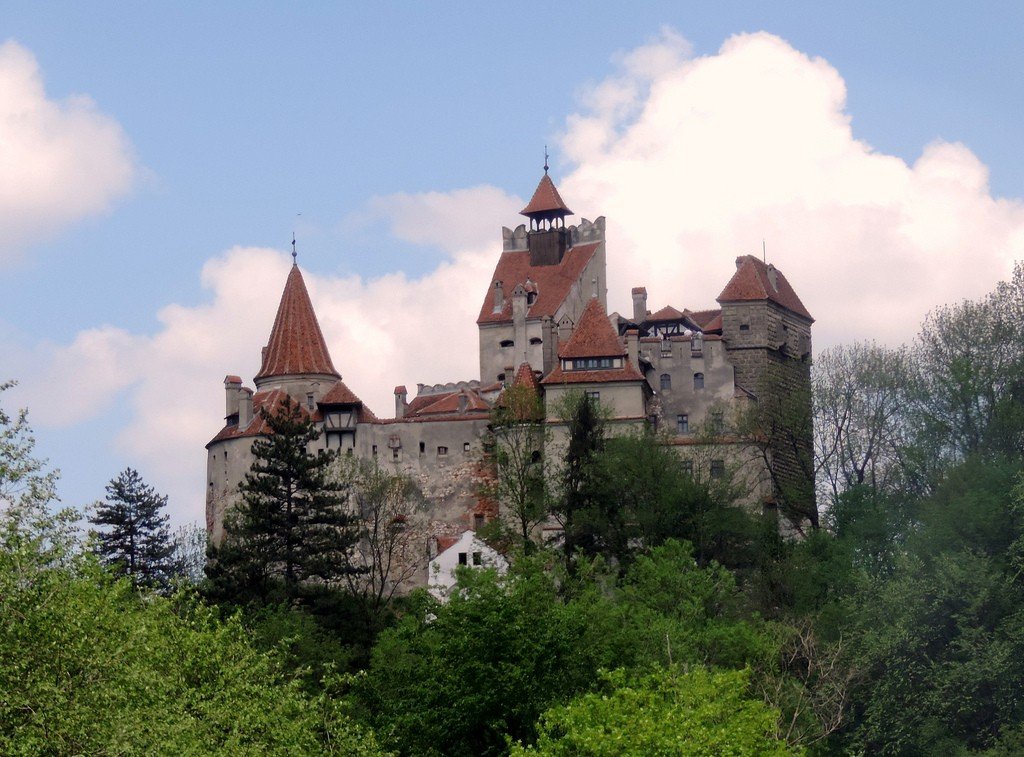
Video: Castle Bran
ContentsHistory
In its more than six hundred years of existence, Dracula’s castle has changed many owners. At various times it has been a haven for Hungarians, Saxons and Teutonic knights. The history of the castle began when at the beginning of the XIII century the inhabitants of Bran built a well-fortified and impregnable fortress by their own means. The bastion was necessary to protect the road connecting Transylvania and Wallachia. In addition, the citadel served as a customs point. For the construction of such a strategically important object, the King of Romania thanked Bran with tax exemption for several centuries.In the first half of the 19th century, when the border between Wallachia and Transylvania was moved higher into the mountains, Bran lost control over the trade routes.
.
At the end of the century, the authorities, unwilling to spend money on the restoration of the castle, handed it over to the locals.
.In 1920, the townspeople presented the castle to King Ferdinand I and Queen Mary as a gift to thank them for the unification of the provinces and the development of the country. The Queen, who had the title “Princess of Edinburgh”, was the daughter of the English Prince Alfred and the Russian Grand Duchess Maria Alexandrovna. Until 1927 the castle was rebuilt under the direction of Czech architect Liman, who radically changed its internal layout and surrounded the castle with a park, alleys, wells and terraces. The castle was equipped with a telephone line, electricity and an elevator for the convenience of the guests. After all these changes, the unfriendly building turned into a cozy summer residence of the royal couple. Later, Maria left the castle as an inheritance to her daughter Ileana.
.
In 1947, after the Communists came to power, all royal real estate was nationalized, and another year later the royals were expelled from the country. The castle became the property of the state and was opened to the public in 1956, at which time a medieval museum was founded. For a long time the castle was not properly maintained, and after 30 years it was on the verge of destruction. But in the early 90s the castle was restored, and in 2005 Romania passed a law on the return of property nationalized by the former communist government. In 2006, Dominic von Habsburg, Ileana’s son, took possession of the castle.
.
Dracula’s Castle became known as Dracula’s Castle about 40 years ago, when tourists from all over the world began looking to Romania for evidence of the vampire Dracula, so realistically described by Stoker in 1897. Demand gives birth to supply, and enterprising Romanians made it possible for those wishing to satisfy their penchant for mysticism. The appearance of the image of the Prince of Darkness gave rise to the rapid development of tourism in Romania. Fans of the vampire gather in Transylvania every four years for their world congresses.
.Bran Castle is currently up for sale, with its owners seeking 140 million euros for the vampire-famous property.
.About Dracula
The prototype of the mythical bloodsucker was a very real person – Vlad III Tepes, former lord of Wallachia in the XIV century and famous for his cruelty. The nickname “Dracula” Tepes inherited from his father, who was a member of the Order of the Dragon, whose knights defended the Christian faith in Europe. Vlad II issued coins with the image of the dragon, for which he received his second name “Dracula”. Adherents of this order wore black cloaks, as well as dressed Vlad III, which added gloominess to his image.
.
The real residence of the prince of Wallachia was the castle of Proenari, in Bran he only slept a few times during his campaigns or hunting.
.Tepes had another blood-chilling nickname – “the piercer”, which he earned by staking his enemies, as well as robbers and thieves. Such a terrible execution Vlad adopted from the Turks and became the first to use it in Europe. Tepes did not neglect and mockery of innocent people, whom he killed just for fun. The tyrant found a special pleasure in eating next to the bodies of the executed, impaled on stakes. Once the count ordered his guards to nail to their heads the hats of foreign ambassadors who refused to remove their hats in the presence of Tepes. At the cost of many lives, the lord of Wallachia eliminated crime, as proof of which Vlad ordered to install a golden bowl in the central square of the capital. The precious vessel was not guarded by anyone, but the fear of punishment for theft was so strong that the bowl stood in its place for 25 years after the death of the cruel ruler of Wallachia. Some considered the count insane, and many believed he had made a deal with the dark forces, changing the Orthodox faith to the Catholic one.
.
Historians believe that Vlad III’s mental health was undermined in a brutal captivity with the Turks, where his younger brother was sexually abused and his older brother was buried alive.
.During one of the palace coups, Tepes was assassinated. After his death, a rumor spread among the people that the count had turned into a vampire. The basis for this was that no one reliably knew where the resting place of Vlad III was. And according to one of the legends his body disappeared from the grave, which is irrefutable proof of his essence of a bloodsucker. The real burial place of Tepes was decided to change after the pilgrimage to Bran Castle began.
.
Now the epidemic of vampiromania is gaining momentum all over the world – people are attracted to the vitality of human blood, attributed to it by mystics, as well as everything mysterious and disturbing the mind.
.Description
Dracula’s castle is crowned with four towers, two of which were erected together with the fortress, and two of which were added later, in the 16th century, for a better view of the surroundings. The irregular geometric shape of the towers was given to the towers specifically so that the cannonballs of enemy cannons hit the fortress walls tangentially and could not do much damage to them. The bastion is built on a steep rock, the top of which is the foundation of the structure. The fortress has the shape of a trapezoid with four floors connected by staircases. Gloomy passages with uneven stone steps and dark corridors intertwine into a cunning labyrinth.
.Now in the castle, which consists of 17 rooms, a museum of medieval art awaits guests. Among the exhibits are works of arts and crafts, royal clothes and dresses of the Princess of Edinburgh, silver jewelry and wares, medieval armor, weapons and tableware. In some rooms the furnishings remain as they were in the Queen’s time.
.Bran Castle houses: a music salon; drawing rooms; royal apartments; armory; several bedchambers, among which the most interesting is Vlad Dracula’s bedroom; King Ferdinand’s dining room; the Saxon Hall; and the library. Impressive natures are not recommended to enter the torture room, where it is easy to imagine the torment of victims crucified on horrible devices.
.
There is a well dug in the center of the courtyard. Legend has it that from it you can get into a mysterious dungeon. There are many secret underground passages and labyrinths in the castle, through which you can discreetly enter or leave the building.
.
In the vicinity of the castle you can walk along the paths of the Palace Park, admire a small picturesque lake, look into the tea house of Queen Mary and the house of Princess Ileana.
.In 1992, director Francis Ford Coppola restored Romania’s most famous architectural landmark for the filming of the movie Dracula. The fortress proved to be the perfect setting for the setting of the bloody tale.
>To give the area a dramatic atmosphere, benches in nearby bars and cafes were stylized as coffins. In many establishments you can have your picture taken with a cardboard Dracula, and local vendors offer tourists as souvenirs vampire masks, bottles of “blood”, false jaws with creepy fangs..
With or without Dracula, Bran Castle is a magnificent example of medieval architecture that is worth a visit to see the colorful ancient setting and touch the history of picturesque and mysterious Transylvania.
.Tourist Information
Bran Castle awaits visitors daily, but its opening hours vary depending on the time of year. From April 1 to September 30, as well as during the Easter vacations, Dracula welcomes guests from 09.00 to 18.00. From October 1 to March 31: from 09.00 to 16.00. On Mondays at any time of the year, the castle is available from 12.00 noon.
.Entrance tickets cost: for adults – 7.8 €; for people over 65 – 5.6 €; student – 4.5 €; pupil – 1.5 €. Photographing and videotaping tourists are free of charge.
.In summer, usually in the first days of August, near the castle there is a festival “At Dracula’s”, during which you can listen to folklore music, buy themed souvenirs and red wine “Dracula”, be photographed in the national Romanian costume.
.At the local market, don’t forget to buy excellent local sheep and cow cheeses, the recipe of which is handed down from generation to generation. In addition, tourists take away plum moonshine and original knitted items.
.
How to get there: take a train from Bucharest to Brasov (188 kilometers), then take a bus to Bran every half an hour. Be careful – you should not get off at Bran station, but go further to the castle itself. Travel time is 30 minutes.
.